São Jorge’s Castle
The Portuguese terms Alcáçova and Alcácer, have their etymology in the Arabic Al-qasr, which denotes a fort or castle. The urban center of the city of Al-Uxbuna (Lisboa nowadays) the medina, was protected by the Alcáçova.
The city of Al-Uxbuna was an important commercial hub. In the photos, you can see coins – Dirhams from the Caliphate of Cordoba and Almoravids – found at the residential neighborhood in the castle, which was recently reconstructed to its former aspect, with original paintings on walls and tiles.
Turmoil ensured from the end of the 10th century through the 12th century, including wars waged among the Arabs, Berbers, and Christians. During this time city defenses were reinforced with a complex system of fortifications composed of walls, castles, and watchtowers.
It is in this setting that the castle and residential neighborhood were built in the middle of the 11th century. This period was marked by the Taifa Kingdoms, small principalities that spread with the arrival of the Almoravids, nomad Berbers from the Sahara, and the disintegration of the Umayyad Caliphate of Córdoba, whose jurisdiction included almost the entire Iberian Peninsula.
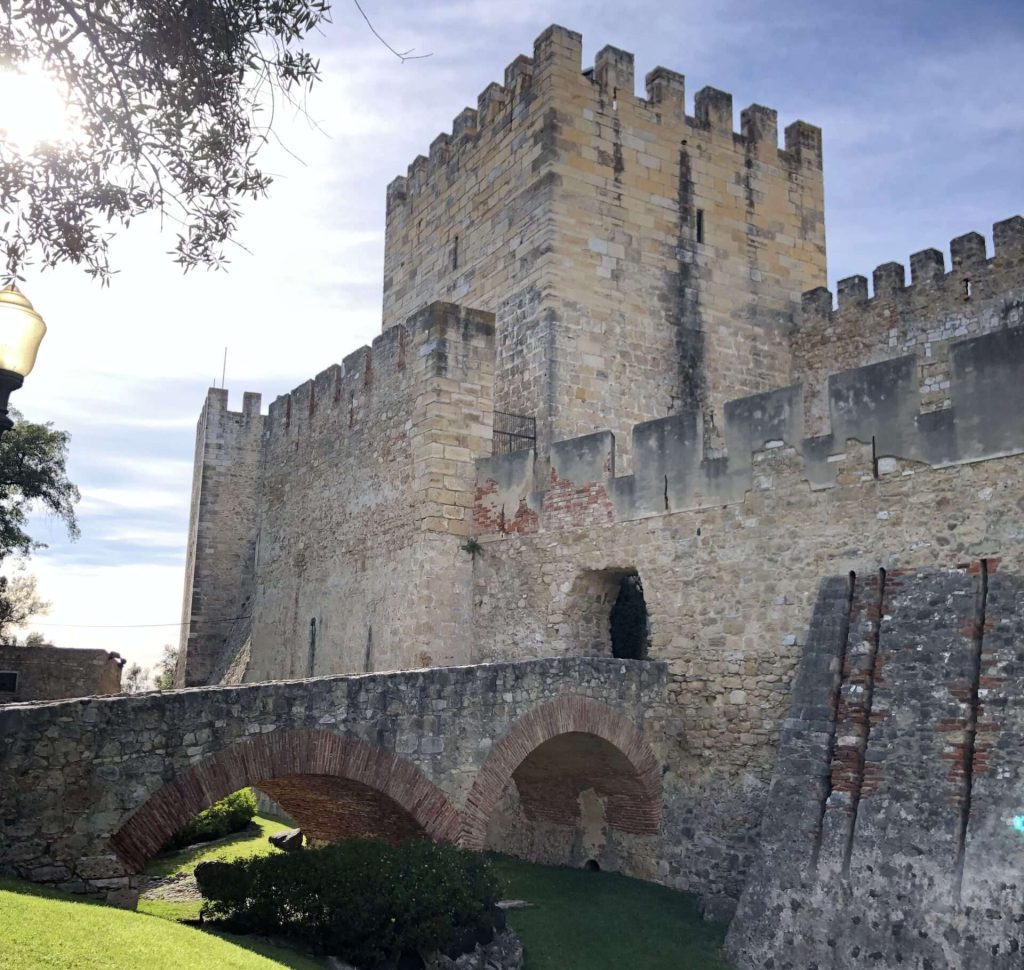
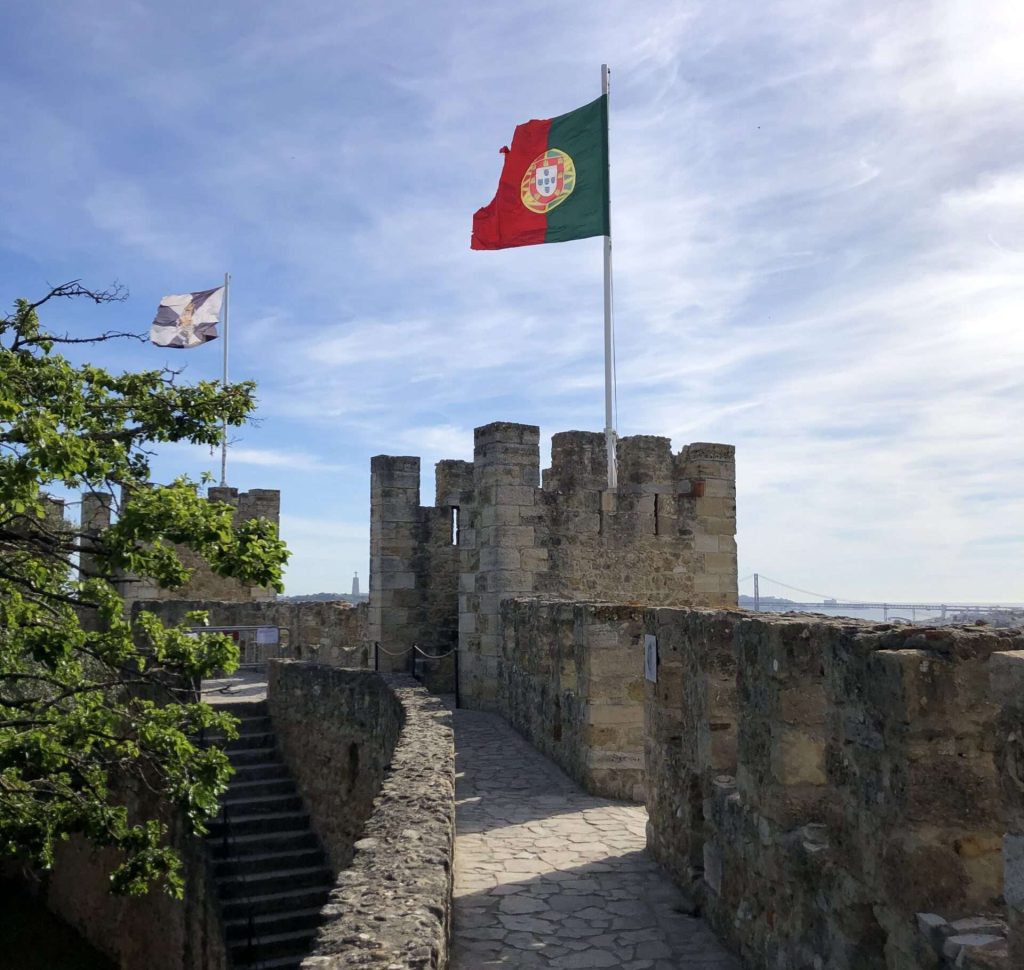

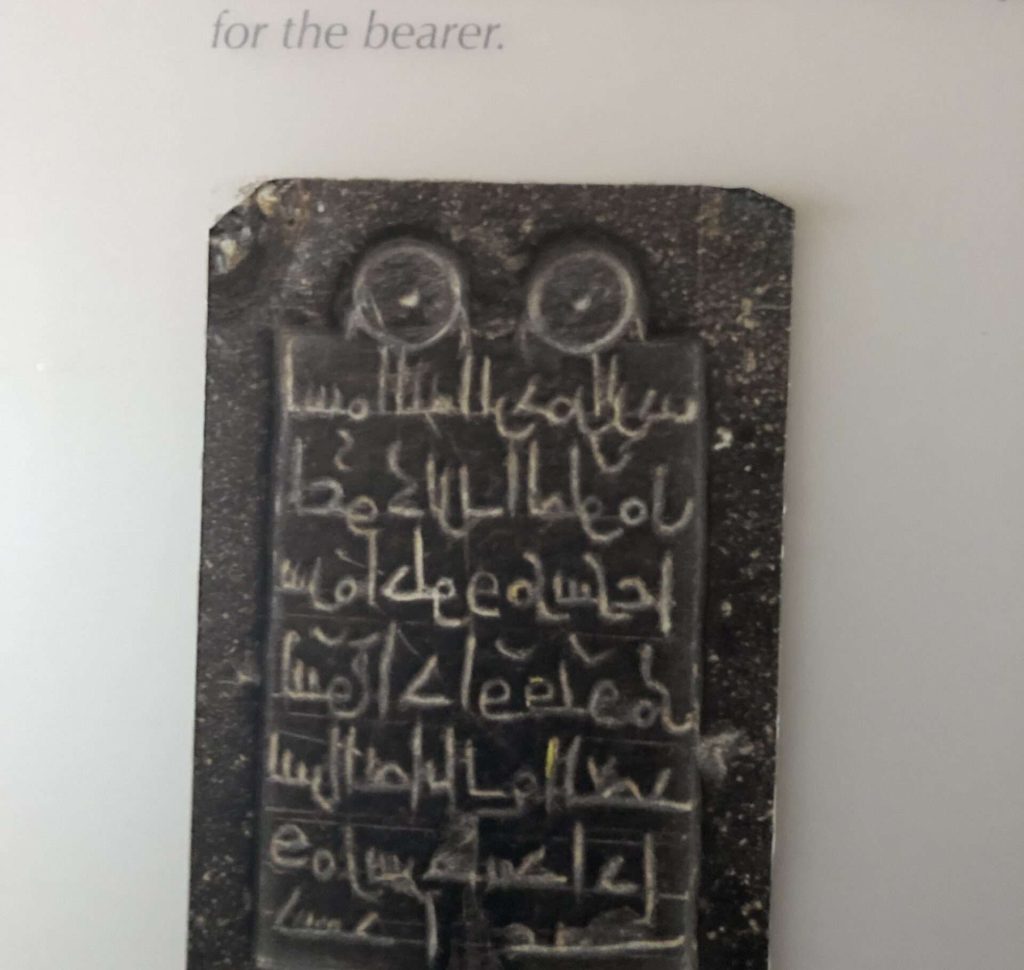
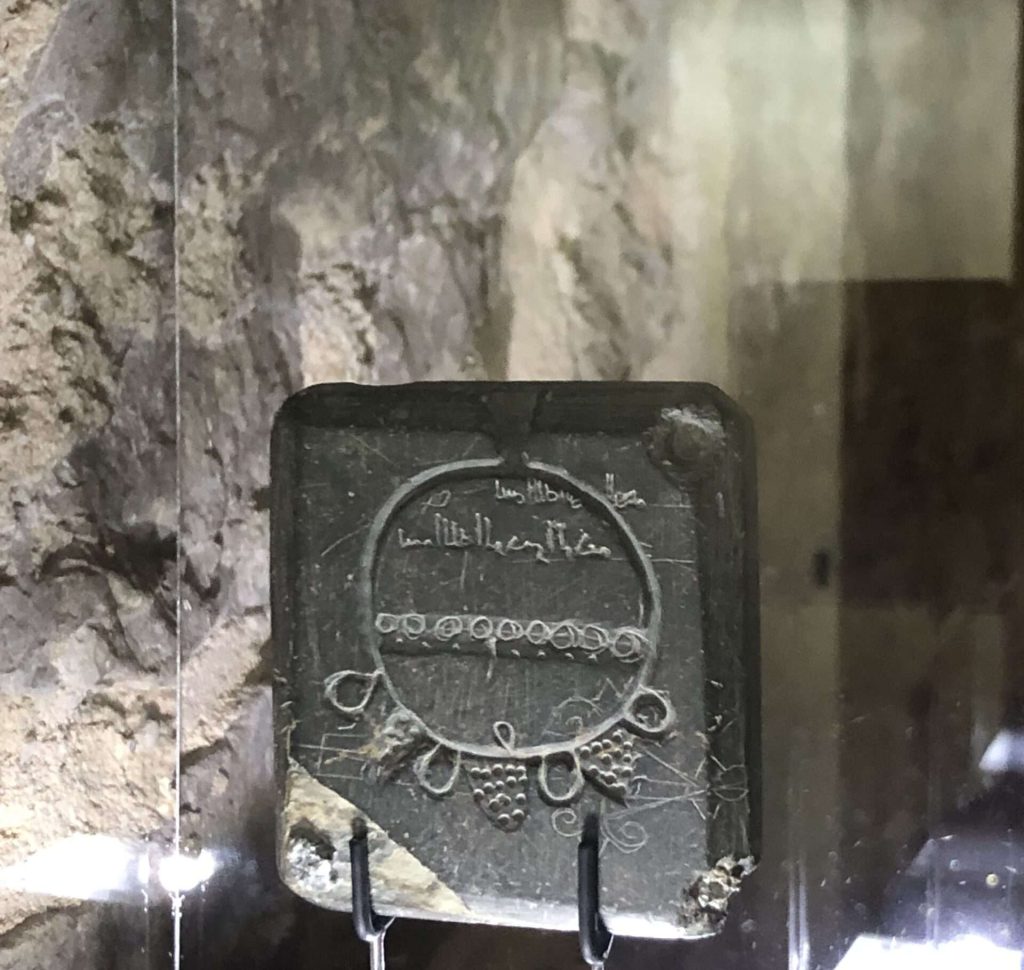
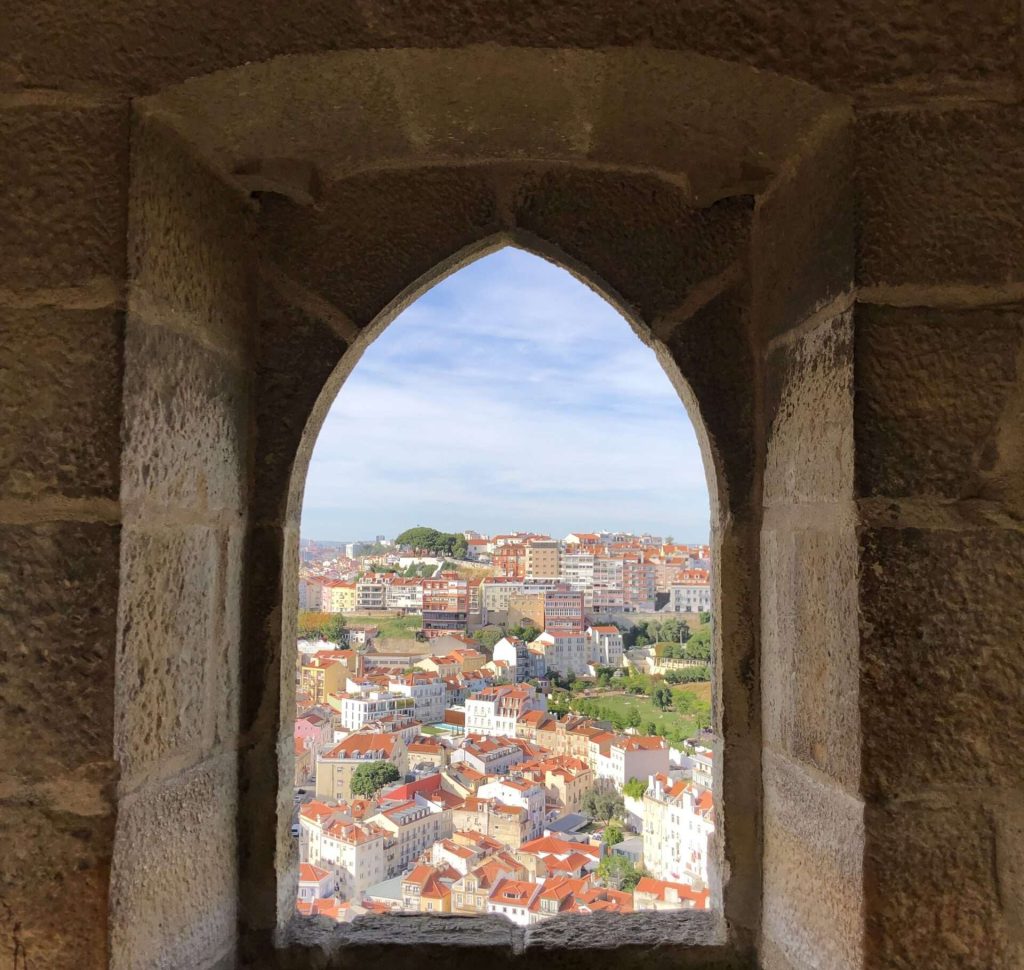
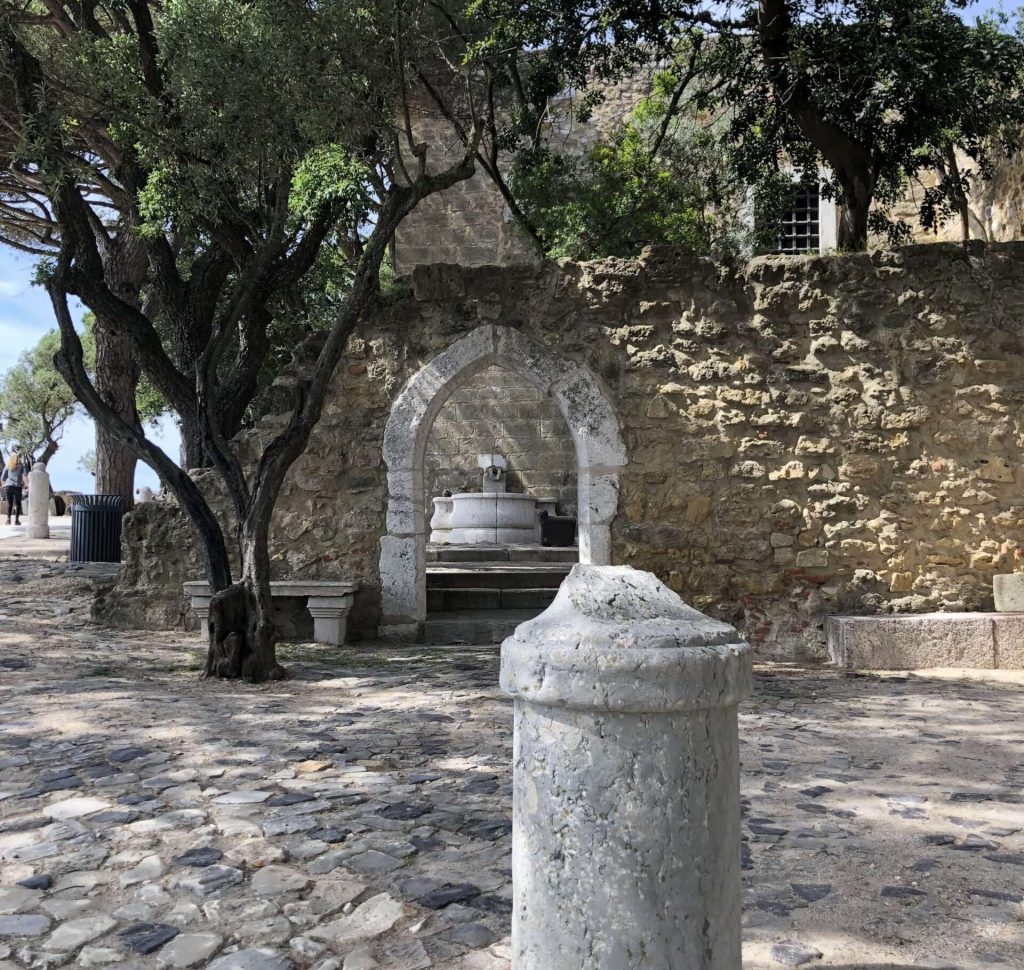
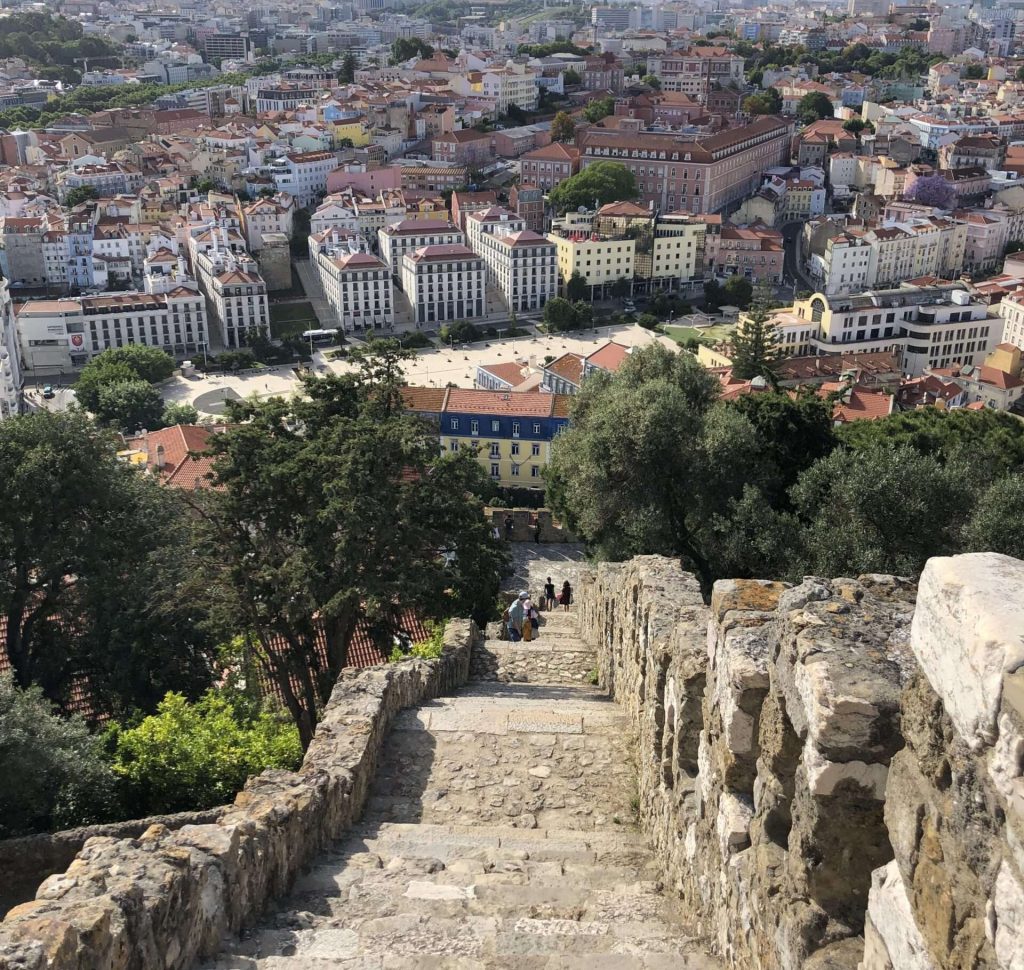
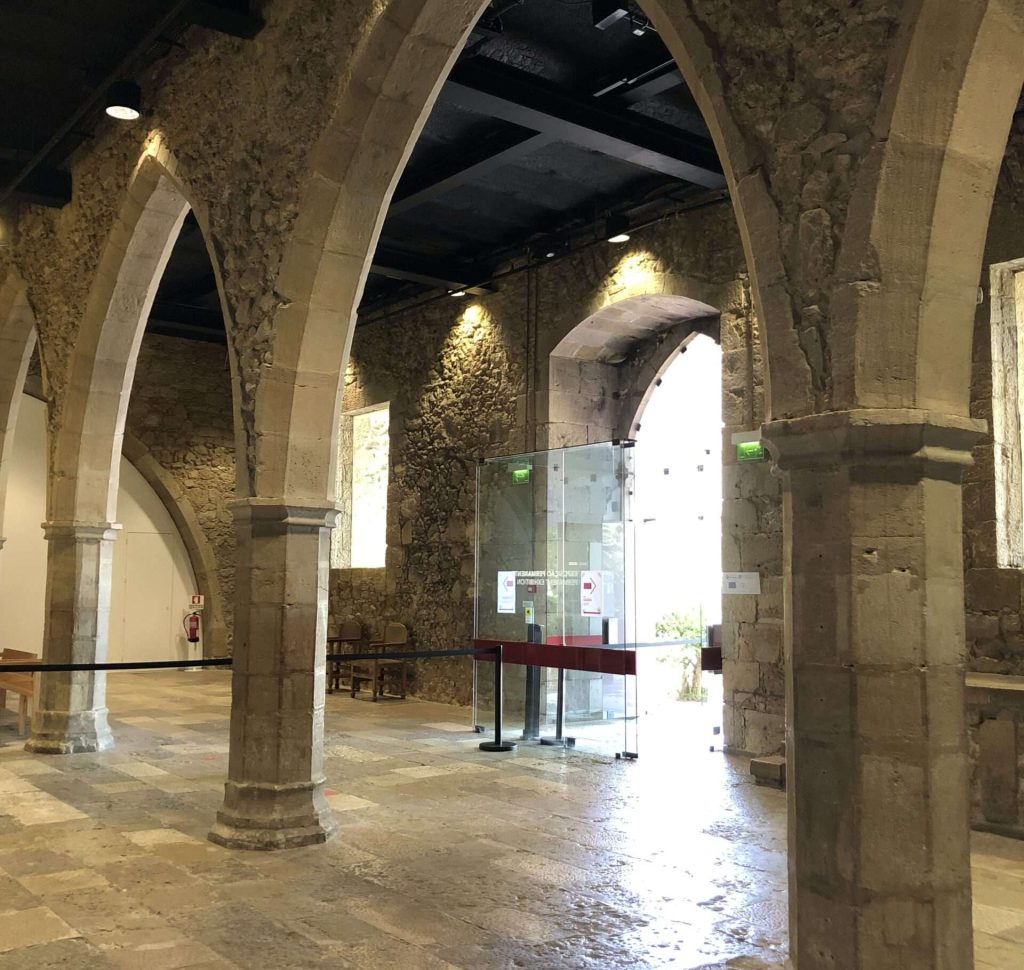
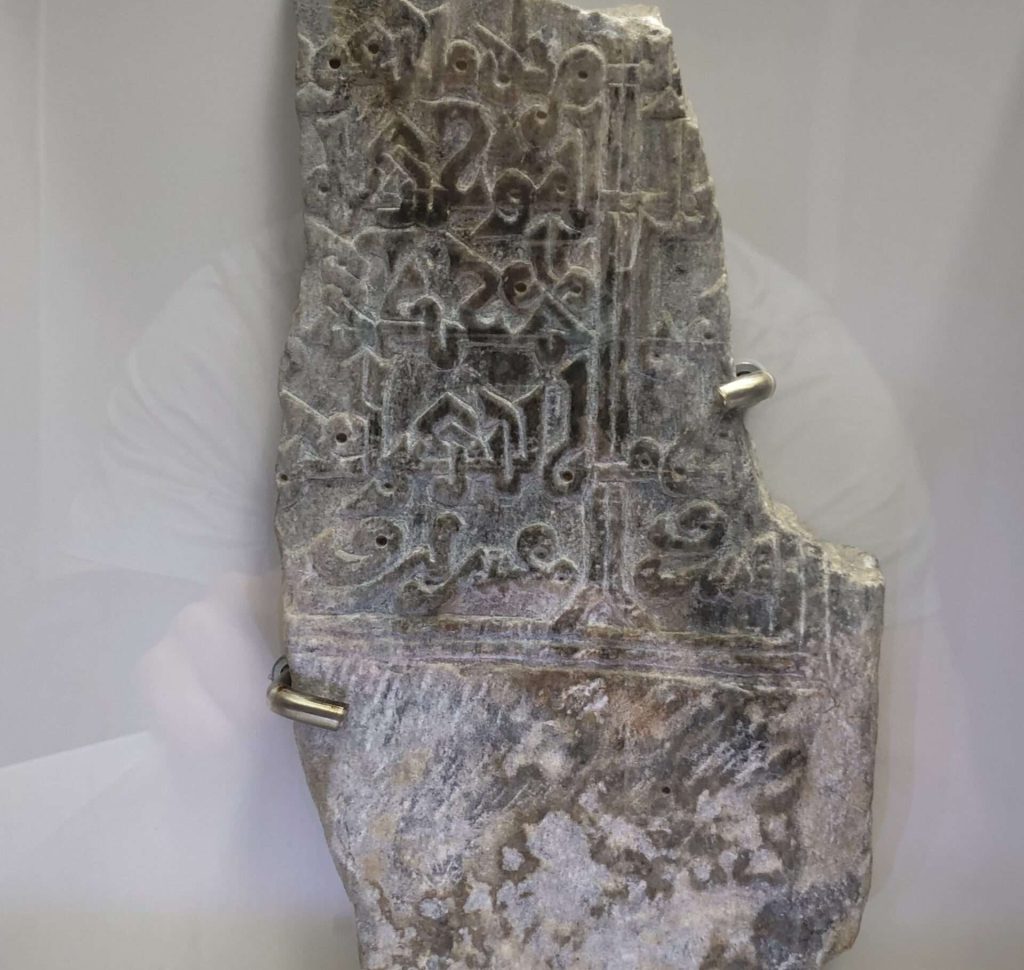

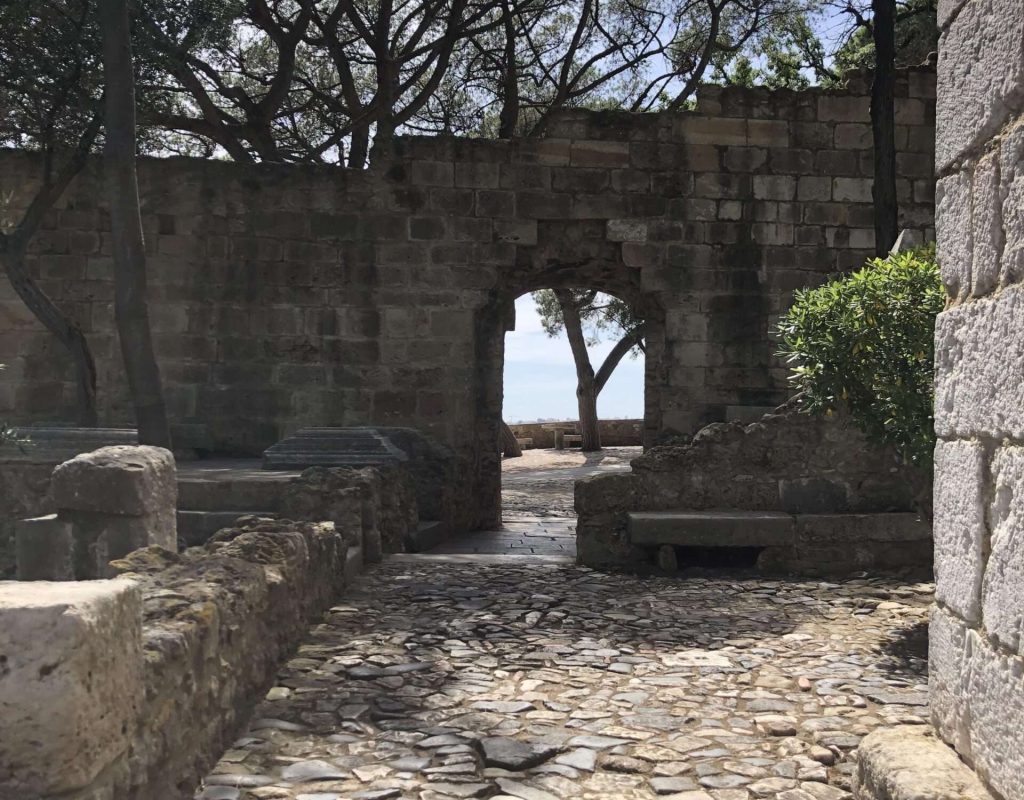
Afonso Henriques, the first King of Portugal, conquered Lisbon in 1147. The Castle was rebuilt between 1938 to 1940. The castle grounds are surrounded by beautiful gardens and offer pleasant walks with picturesque views.
It is situated on a hilltop overlooking the historic center of the city and the Tagus River. The castle is one of Lisbon’s most iconic landmarks and a popular tourist attraction. Castelo de São Jorge stands as a fascinating historical site and offers visitors a glimpse into the city’s rich past.
From time to time it hosts various cultural events, exhibitions, and concerts
Address: Rua de Santa Cruz do Castelo, 1100-129 Lisboa
Sources – Permanent exhibition at São Jorge’s Castle